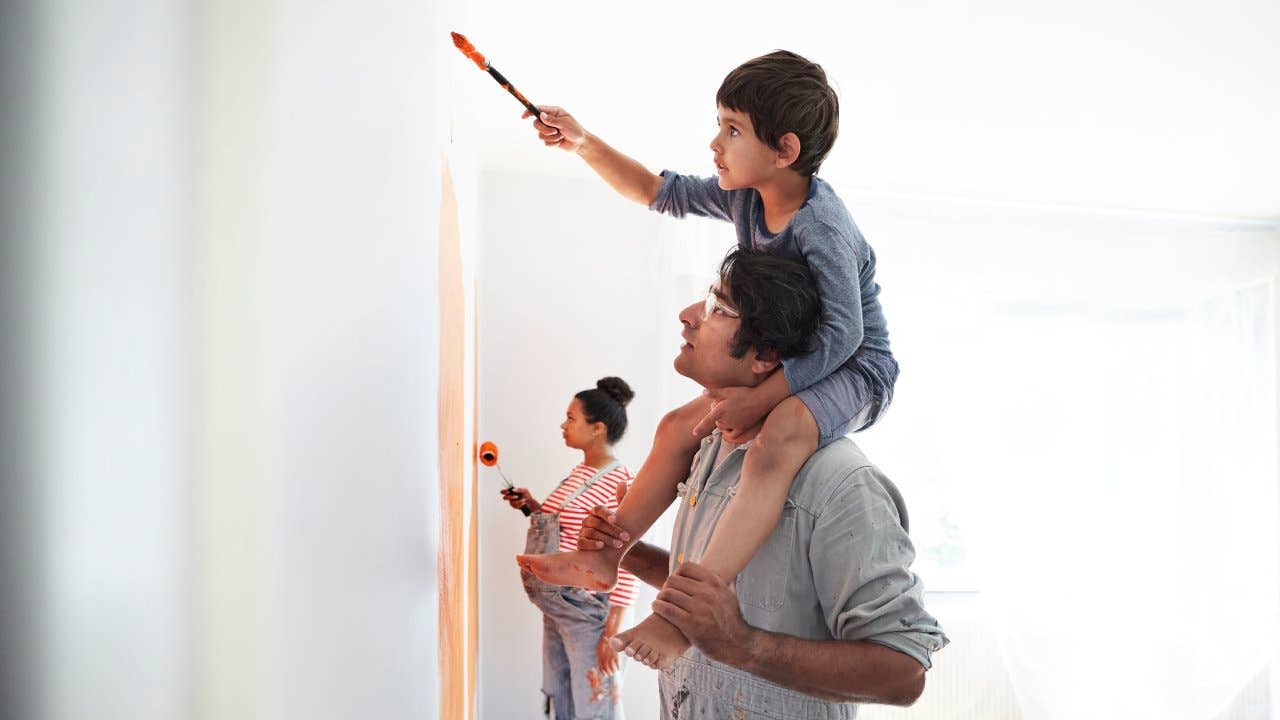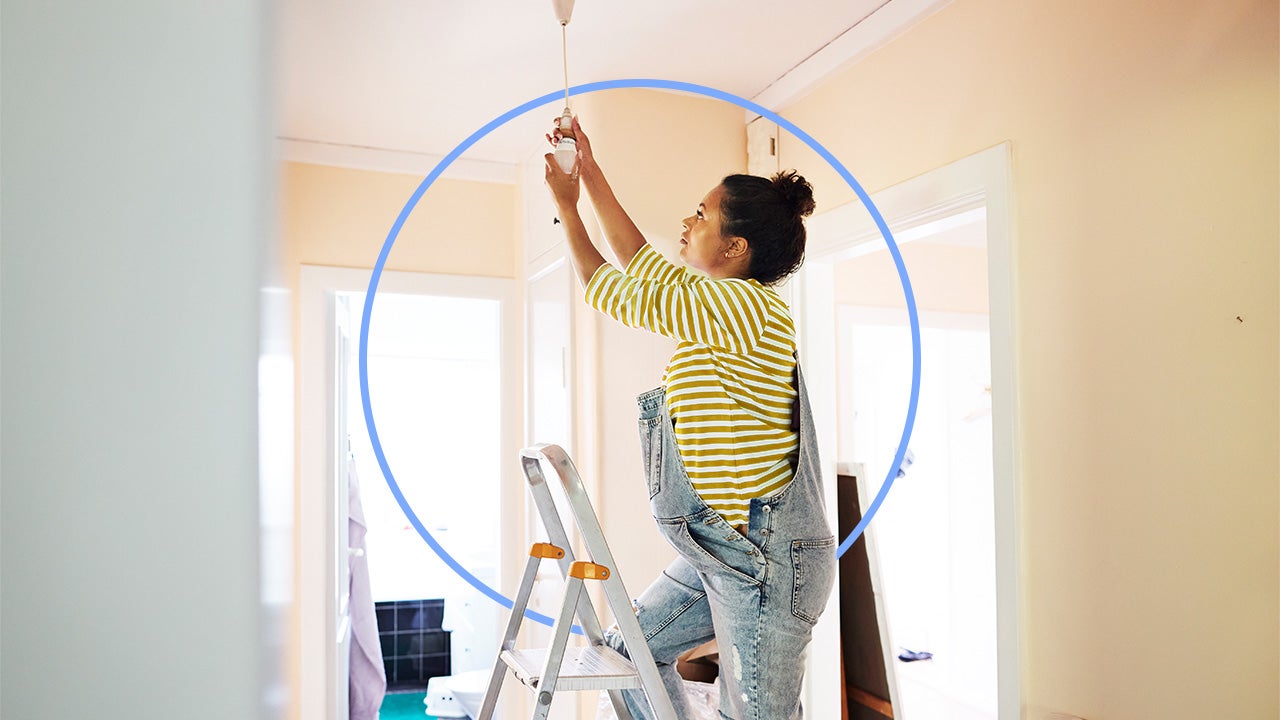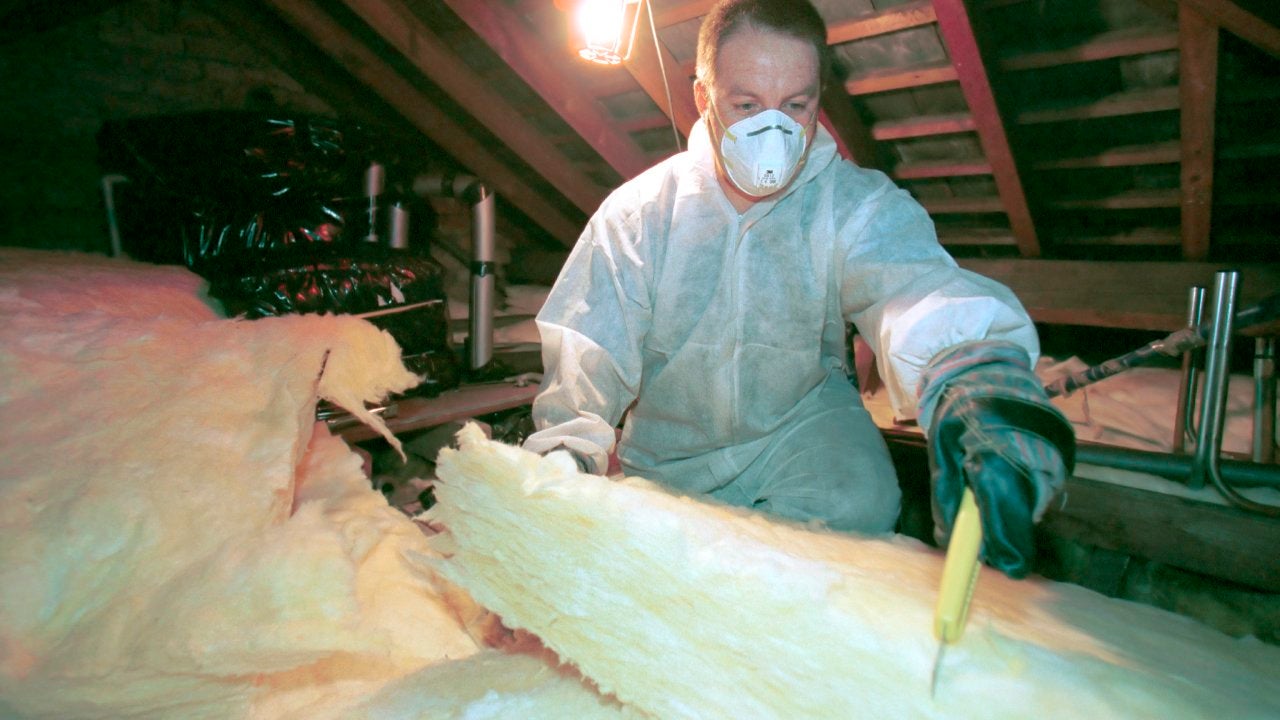What to consider before doing a DIY project

DIY home renovations can be quite satisfying. At least that’s the impression you’ll get if you spend time watching HGTV or YouTube for DIY project ideas. You will likely find that DIY pros make projects look all too fun and easy. According to the reno-stars, all you need is a few supplies, a weekend, some friends and lots of pizza. Although some projects can be that fun and simple, much more goes into a successful DIY project, especially before you start.
If you are questioning DIY pros and cons to decide whether to do it yourself or hire a pro, consider this. Sweat equity can pay off in a few ways. You can save considerably on labor costs. According to the most recent Census Bureau findings, the median expenditure for a DIYer is less than a quarter of what you would pay a professional ($600 vs. $2,600). Plus, you may have better design control and can avoid the hassle of having strangers in your home.
If you are sold and ready to try your hand at a home improvement project, read on. Before you get started on your next weekend project, it is advisable to lay out a roadmap for the best success. Here are eight ideas to consider before doing a DIY project.
1. Timeframe and scope of project
Before you invest effort into the start of a DIY project, ensure you have the time to handle the scope of the work. Is the project one that needs to be completed over a couple of days? Or can it be an ongoing project stretched over a few months? If you are just getting started with DIY projects, start with the small wins that build confidence and experience. Painting an accent wall or guest bedroom is far less daunting and definitely more achievable than painting the entire exterior of your home.
Be realistic about how much time you need. DIY projects generally take longer than expected, especially compared with a pro’s timeline. There is a learning curve to getting familiar with the tasks and working quickly — be sure you are realistic about what it takes and committed enough to see the project through. Otherwise, you may end up with unfinished works in progress that can interfere with your home’s function.
Some easier projects to start with include:
- Painting
- Replacing hardware such as wall plates, drawer pulls and doorknobs
- Swapping light fixtures with LED versions
- Adding smart-home features such as a wireless security system or voice-activated lights and climate-control
2. Cost of the DIY project
DIY projects theoretically have lower costs because you aren’t paying for labor, which often comprises the bulk of a construction or remodel’s tab; your main expense is just the materials. However, it’s best to do your research in advance to confirm that this is really so, especially with the rising cost of supplies and raw materials like wood nowadays. When calculating DIY project costs, don’t forget to account for:
- Disposal fees (for large amounts of debris)
- Tools or equipment needed
- Permits required
- Additional labor, such as paying for extra help
Once you tally the total estimated cost of the project, consider adding an extra 10 percent to 20 percent for overages. Compare the cost of doing it yourself with hiring a pro. Are the savings worth your time and effort?
If the costs are close to hiring a pro, consider ways you can save money on the project, such as:
Looking for second-hand or gently-used materials: You may be able to find cheaper supplies and materials at sources such as Habitat for Humanity or Facebook/Craigslist.
Balancing the high with the low: Robert J. Fischer, a real estate broker and owner of The Robert J Fischer Team, suggests using “high materials only for the part which will be seen at first glance and will add the most value to your home.” Splurge on the focal point of a project and use less-expensive items as the supporting pieces.
Shopping around: Compare pricing for similar materials at your local home improvement stores and online sites to find the lowest price.
3. Expertise required
Once you have an idea of the scope and cost of the project, consider how sophisticated or difficult it would be to complete. For example, can you realistically retile a backsplash with the dimensional, patterned tile you like most? It may require careful design matching and many cuts to get it right.
Perhaps it’s easier to choose a solid-color subway tile. Or forego tiling altogether and update the backsplash with a peel-and-stick version unless you have previous experience with tile.
4. Tools and equipment needed
When researching a DIY project, consider what type of tools you may need. Purchasing specialized equipment can dent your budget. Can you borrow the items required? Or perhaps you can rent them from your home improvement store. Be sure you factor in the cost of equipment in the project cost.
5. Permits
In most areas of the country, homeowners don’t need special licensing to work on their own residences. However, you may still need a city or county permit for the type of work you’re seeking to do. A good rule-of-thumb is any work that alters your house’s footprint, such as removing a wall or adding a deck or fence, may require a permit. Electrical or plumbing work may also require permits — and a licensed professional to complete the work.
When in doubt, check with your local building code office for requirements. And if your home is part of a homeowners association (HOA), you may need additional permission for certain types of home improvements.
6. Health and safety
When calculating DIY pros and cons, think about how the project can affect your health. Some projects demand heavy lifting, climbing heights, bending or stooping. Other projects such as refinishing wood floors, removing popcorn ceilings or sanding cabinets can be a safety hazard because of the chemicals needed. Plus, if you are working on an older home, you may be displacing lead-based paint or asbestos.
Before you get started, consider the safety-related dangers of what you are about to undertake. Test for asbestos or lead before you sand or scrape away. Be sure you take measures to protect your family, yourself and your pets.
7. Cost-benefit analysis
Before you invest time and money into a home project, look at it as a business person. How will the project improve the home’s resale value? Is it worth the investment? Are you confident that the completed project is an asset that other buyers would appreciate? Or is it too amateur-looking?
According to Brian Burke, owner and managing broker of Kenna Real Estate, “no matter how big home improvement projects you are planning to implement, the average return will be no more than 63.7 percent if the home is sold within a year. So, investing a huge amount of money in home remodeling will not work all the time. Rather you can consider some relatively easy DIY projects that can increase your home value.”
8. When in doubt, seek help
Even though you have decided to take on a project yourself, it doesn’t hurt to seek advice from the pros. James Chapman, director for BELLAbathrooms, recommends you seek advice from a professional. A contractor may be able to point out pitfalls and factors you may not know about. “The expert can provide you with a competent opinion on your desired style or outcome and provide you with more confidence to proceed with your home improvement project with fewer dangers and risks,” he says.
Bottom line on considering a DIY project
A DIY project can provide you with great pride in knowing you did it yourself and saved money. For the best chances of success, follow the steps detailed above before you get started to ensure that the time and expense you invest is worth it.
You may also like

Home renovations and repairs: Should you DIY or hire a pro?

Which DIY projects save the most money?




